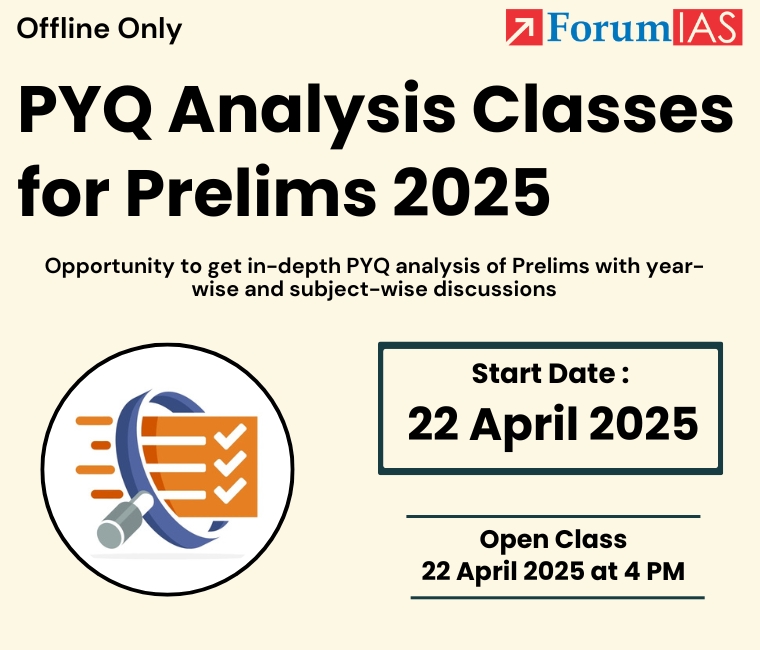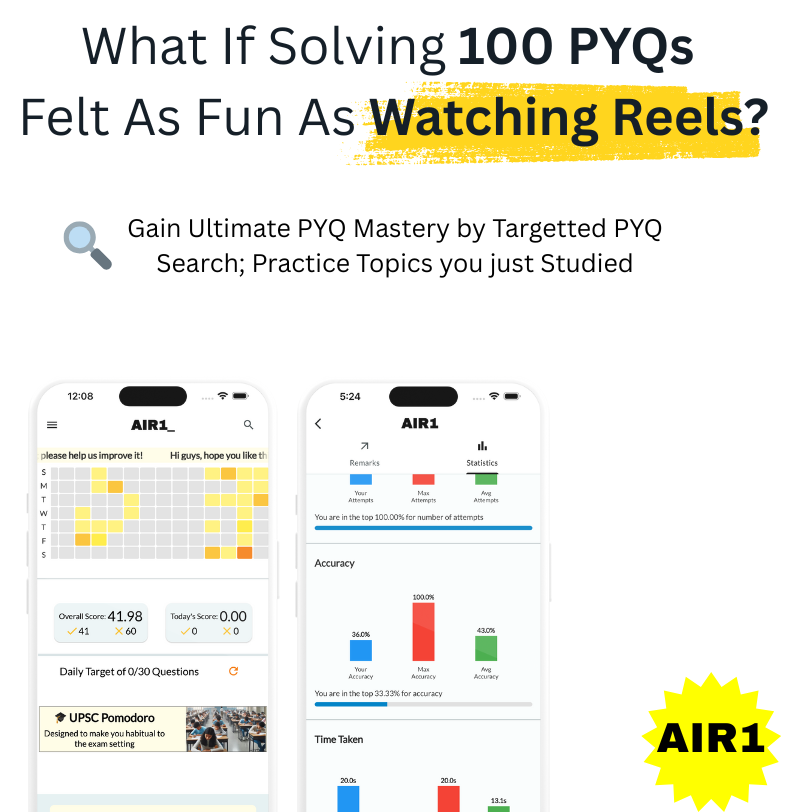Source- This post on the Rogue Waves has been created based on the article “What are ‘rogue waves’ and how can AI help predict them?” published in “Indian Express” on 22 July 2024.
Why in the news?
University of Maryland mathematicians Thomas Breunung and Balakumar Balachandran have used data from 172 ocean buoys to train an AI program that can predict rogue waves up to five minutes in advance.
About Rogue Waves
| Aspects | Description |
| About | Rogue waves are exceptionally large and unexpected ocean waves that are significantly taller than the average waves surrounding them. |
| Features | i) Rogue waves are often at least twice the height of the typical waves in their vicinity. ii) These waves can form suddenly and without warning, making them extremely dangerous for ships, coastal structures, and offshore platforms. |
| Causes | i) They may occur when swells, which are long-wavelength waves generated by distant weather systems, converge and combine to create a much larger wave. ii) Rogue waves can also form when ocean currents interact with waves, compressing them into larger and more powerful waves. |
| Threats | i) Rogue waves pose a significant threat to maritime activities. They can damage or capsize ships, destroy coastal structures, and endanger human lives. ii) Between 2011 and 2018, rogue waves were responsible for the deaths of at least 386 people and the sinking of 24 ships. |
| Challenges | Predicting rogue waves has been difficult due to their sudden and unpredictable nature. |
Note: The sea state refers to the general condition of the ocean’s surface at a particular time and location, often described by the height, period, and power of waves. Rogue waves deviate greatly from the average sea state, standing out due to their large size and sudden appearance.
Role of AI in Predicting Rogue Waves
1. Mathematicians Thomas Breunung and Balakumar Balachandran from the University of Maryland conducted the study.
2. They utilized data from 172 ocean buoys to gather information on wave patterns.
3. AI Training and Prediction: The AI was trained to identify patterns in waves that precede rogue waves. The AI can predict rogue waves up to five minutes in advance with an accuracy of 73-75%.
4. Future Improvements: Incorporating more data such as water depths, wind speeds, and buoy locations can enhance the accuracy of predictions. Using more powerful AI systems could potentially lead to near-perfect predictions.
UPSC Syllabus: Science and technology
Discover more from Free UPSC IAS Preparation Syllabus and Materials For Aspirants
Subscribe to get the latest posts sent to your email.







